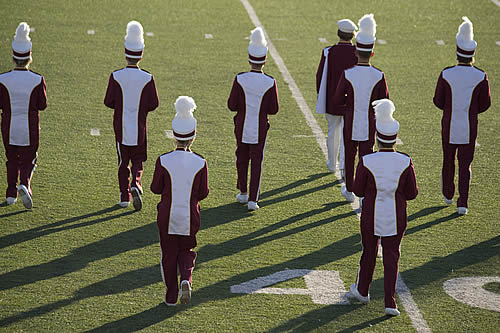 I attend meetings—lots of them—as a participant or speaker. In general, meetings continue to improve as tools that enable the businesses (associations or corporations) that created the meetings in the first place. Event professionals have made great strides in promoting their events beforehand to raise attendance and set expectations. I also see higher levels of interaction for attendees during the events themselves.
I attend meetings—lots of them—as a participant or speaker. In general, meetings continue to improve as tools that enable the businesses (associations or corporations) that created the meetings in the first place. Event professionals have made great strides in promoting their events beforehand to raise attendance and set expectations. I also see higher levels of interaction for attendees during the events themselves.
And yet…I also see event professionals and organization leaders still struggling to justify the business case for their meetings and extend the impact of the meeting after everyone returns to their offices. With so much effort and innovation spent on attracting people and engaging them, do we really have to settle for business impact that stops at halftime?
A recent encounter brought this home: About a year ago I presented a workshop to help a company’s sales team improve its customer conversations. Not long ago I conducted a follow-up event. A Canadian regional director came up to me during a break in the second event and said, “Things have changed a lot since last year, ay?” As we chatted, he shared with me several examples of how the language and habits introduced twelve months ago have “lived” with his team. It was only well after last year’s meeting that we could be sure the event had been a success!
What can you do to plan this year’s meetings, so that you likewise see positive impact on the business in subsequent years?
- Bring people together for the right reasons.
Are you trying to train people in some new skill? Launching a new vision? Socializing a desired behavior change? When you are trying to help people see things differently, do things differently, and reinforce that culture shift, face-to-face meetings can help the organization move forward. Face-to-face is the place to give people the shared understanding, tools and motivation they need. But don’t stop there! To create an event that generates lasting change, recognize that the second half–after people leave–is actually the most important.
- Support them so change sticks.
The psychological socialization that takes place face-to-face is what gives meetings their long-lasting impact. To make that impact “sticky,” support that socialization afterward. A meeting creates a cohort that can share successes and questions as they apply what they learned back at the office. A group of attendees who come together through a conference experience can easily become a support group for one another, if given the encouragement and reinforcement they need.
- Hire speakers who will help you go the distance.
When selecting speakers for an important event, every meeting professional strives to find someone who can be engaging in the moment. But that only gets you to halftime! I recommend that event professionals also evaluate speakers from the standpoint of their impact on the organization for months to come. It’s much easier to justify your events—and to demonstrate value—when all parts of the program work together to build understanding, skills, behaviors, and confidence in attendees. Your speaker can and should be ready to assist your organization after the meeting.
I’ve found that when I follow a training or speech with newsletter articles or webinars that build on the points made during the meeting, and/or I do some coaching via group calls in the weeks and months afterward, new behaviors are adopted. The impact becomes apparent in the leading indicators important to the business (new business opportunities, higher customer satisfaction, greater innovation, etc.).
Plan meetings that go all the way—with a great face-to-face event first, followed by a sustained effort that creates ROI after everyone is back on the job. If you do, you’re likely to get the same kind of positive response that Canadian manager gave me, ay?